Disclosure: This article contains affiliate links. We may earn a commission from purchases at no extra cost to you, which helps our travel content.
Standing in Shinjuku Station for the first time feels like being dropped into the control room of a living organism. As someone born and raised in Yokohama, I've spent countless hours navigating Tokyo's intricate transit web, watching tourists' eyes widen with equal parts wonder and panic. The labyrinth of colored lines on the transit map might seem overwhelming at first glance, but I promise you this: mastering Tokyo's transportation system is not only possible but will transform your entire Japan experience. Let me guide you through this marvel of human engineering with some practical wisdom I've gathered from both sides of the experience—as a local and as someone who now returns as a visitor to my homeland.
Understanding Tokyo's Transit Ecosystem
Tokyo's transportation isn't just a single system but rather an ecosystem of interconnected networks operated by different companies. The primary players include JR (Japan Railway), Tokyo Metro, Toei Subway, and numerous private railway companies.
The JR lines form a loop around central Tokyo (the famous Yamanote Line) and extend outward like spokes on a wheel. The subway systems run beneath the city in a complex grid. Private railways typically connect outlying areas to central hubs.
When I first returned to Tokyo after moving to the US, even I needed to reorient myself. What helped immensely was having a good transit app on my phone. Google Maps works reasonably well, but I swear by Japan Transit Planner which offers more accurate real-time information and platform guidance that Google sometimes misses.
Remember that trains and subways generally run from around 5 AM to midnight. Miss that last train, and you're looking at either a very expensive taxi ride or an impromptu night adventure until the first morning train!
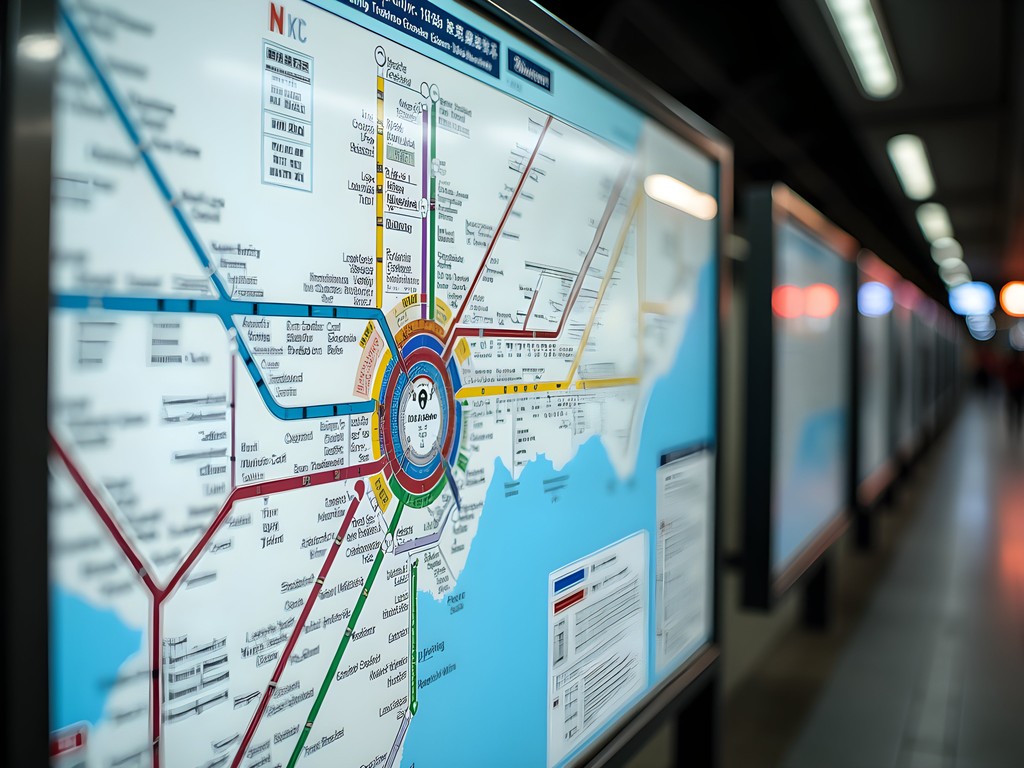
💡 Pro Tips
- Download the Japan Transit Planner app before your trip and test it out
- Take a screenshot of the Yamanote Line map - it's your circular reference point for central Tokyo
- Remember that different colored trains on the same line may be local, rapid, or express services
Suica & Pasmo Cards: Your Transit Magic Wand
My first piece of advice to any Tokyo visitor: get a Suica or Pasmo card immediately upon arrival. These rechargeable IC cards are your golden ticket to seamless travel across virtually all transportation in Tokyo and beyond.
When I brought my college friends to Tokyo last spring, the first thing we did after clearing customs was head to a JR ticket office to get everyone set up. The look of delight on their faces when they first tapped through a gate without fumbling for tickets was priceless.
Both cards function identically for transit purposes, so choose either one. You can purchase them from ticket machines at any JR station (for Suica) or subway station (for Pasmo). The initial cost is ¥2,000 (about $18) which includes a ¥500 refundable deposit and ¥1,500 in credit.
Beyond transit, these cards work at convenience stores, vending machines, and many restaurants. I always keep my IC card holder accessible in my front pocket for quick access – much better than constantly pulling out your entire wallet at every station.
For tourists staying 14 days or less, consider the Welcome Suica, which doesn't require the ¥500 deposit but can't be refunded for remaining balance when you leave.
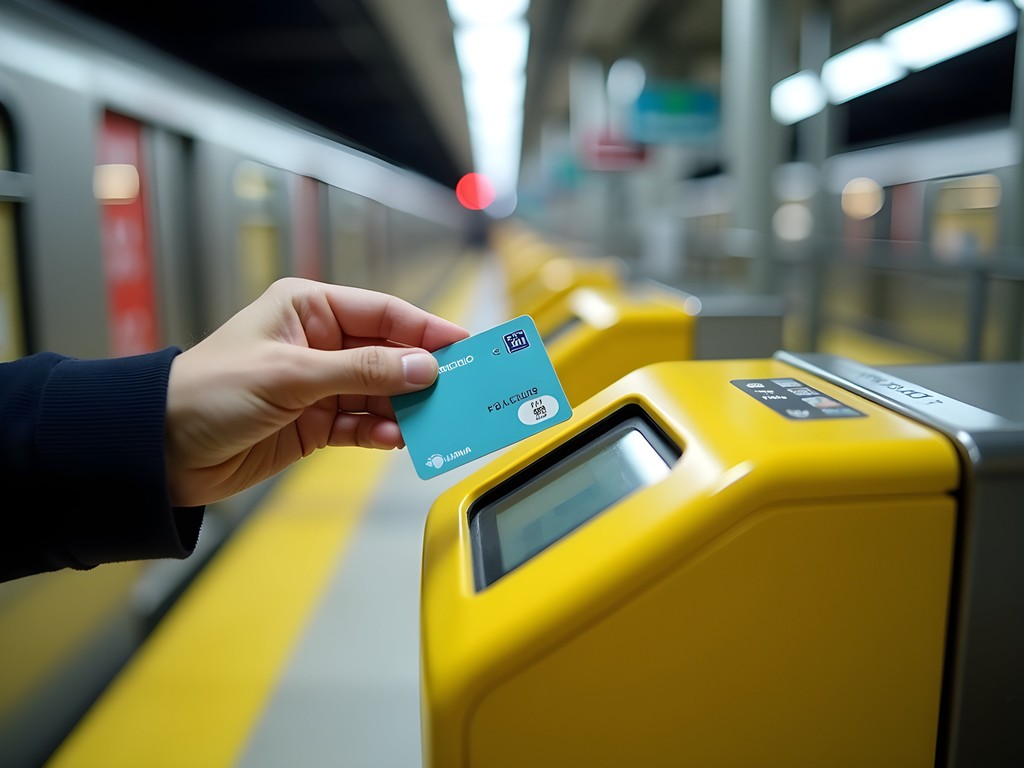
💡 Pro Tips
- Load at least ¥3,000 initially if you plan to use trains frequently
- Keep your card in an easily accessible pocket or holder, separate from your phone (which may have NFC conflicts)
- Register your card if staying long-term - this protects your balance if lost
Navigating the Station Labyrinth
Tokyo's major stations are cities unto themselves. Shinjuku Station alone has over 200 exits and serves more than 3.5 million passengers daily. My strategy for not getting hopelessly lost? Always look up.
The overhead signage in Tokyo stations is extraordinarily systematic once you understand it. Yellow signs point to JR lines, while subway lines each have their distinct colors. Exit numbers are clearly marked, usually with neighborhood landmarks listed.
When meeting friends in Tokyo, I never say "Let's meet at Shibuya Station" (a recipe for disaster). Instead, I specify: "Let's meet at Shibuya Station, Hachiko Exit, by the statue" - giving a precise landmark that can't be confused.
For complex stations like Tokyo, Shinjuku, or Ikebukuro, I recommend carrying a small station map until you're comfortable. Most major stations also offer free maps near the information centers.
Transfers between lines can sometimes involve long walks. If mobility is a concern, research your routes in advance and consider alternatives. Station staff are incredibly helpful and usually can communicate basic English - don't hesitate to approach them with a smile and simple questions.
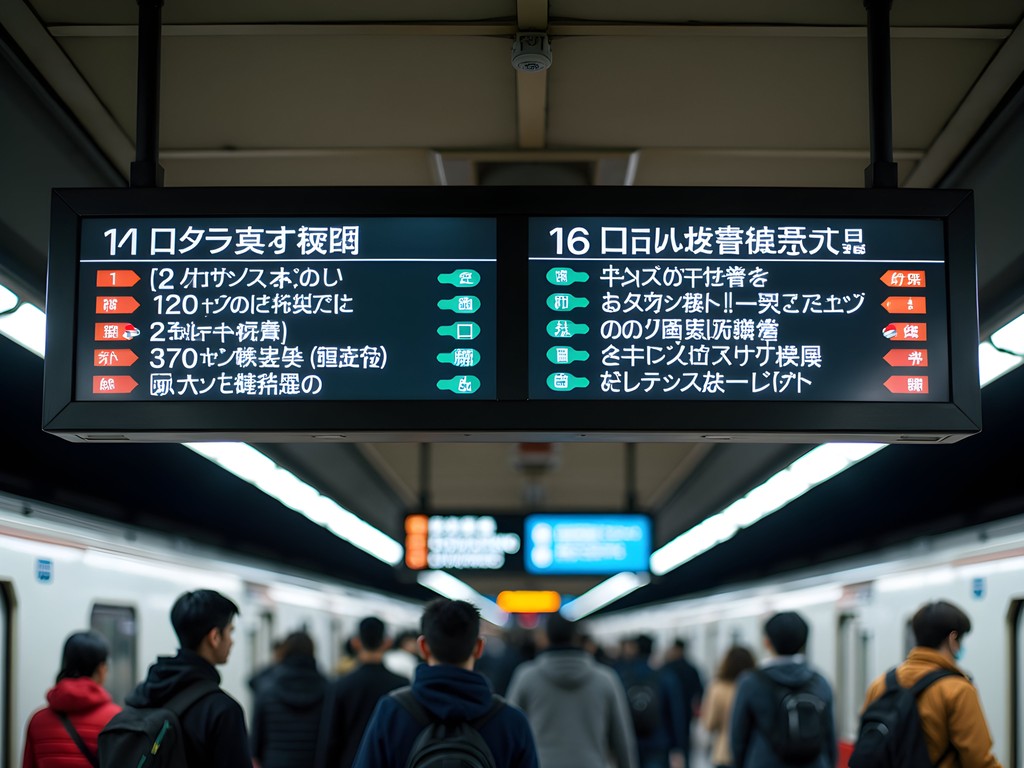
💡 Pro Tips
- Always confirm the exit number/name you need before entering the station maze
- Look for the colored line symbols rather than trying to read all the Japanese text
- Position yourself strategically on the platform based on your exit/transfer point
Budget-Friendly Transit Passes & Hacks
As someone who grew up watching my grandmother pinch pennies at Yokohama weekend markets, finding value is in my blood. Tokyo transit can be expensive if you're crisscrossing the city multiple times daily, but there are smart ways to save.
If you're staying within Tokyo proper, the Tokyo Metro 24-hour (¥800), 48-hour (¥1,200), or 72-hour (¥1,500) tickets offer unlimited rides on Tokyo Metro and Toei Subway lines. Note that these don't cover JR lines, including the Yamanote.
For JR lines, the Japan Rail Pass is rarely economical if you're only exploring Tokyo, but becomes valuable if you're making day trips or traveling to other cities. Calculate your expected trips before purchasing.
One lesser-known hack: if your hotel is near a Toei Bus route, the one-day Toei Bus Pass (¥500) can be an incredible value for sightseeing. Buses are slower but offer street-level views of neighborhoods you'd miss underground.
To keep track of expenses and routes, I use a travel expense tracker to log daily transit costs. After a few days, patterns emerge that help optimize your routing choices.
Also, consider walking between nearby attractions. Tokyo is incredibly walkable and safe, with fascinating alleys and side streets that reveal the city's true character better than any train window.
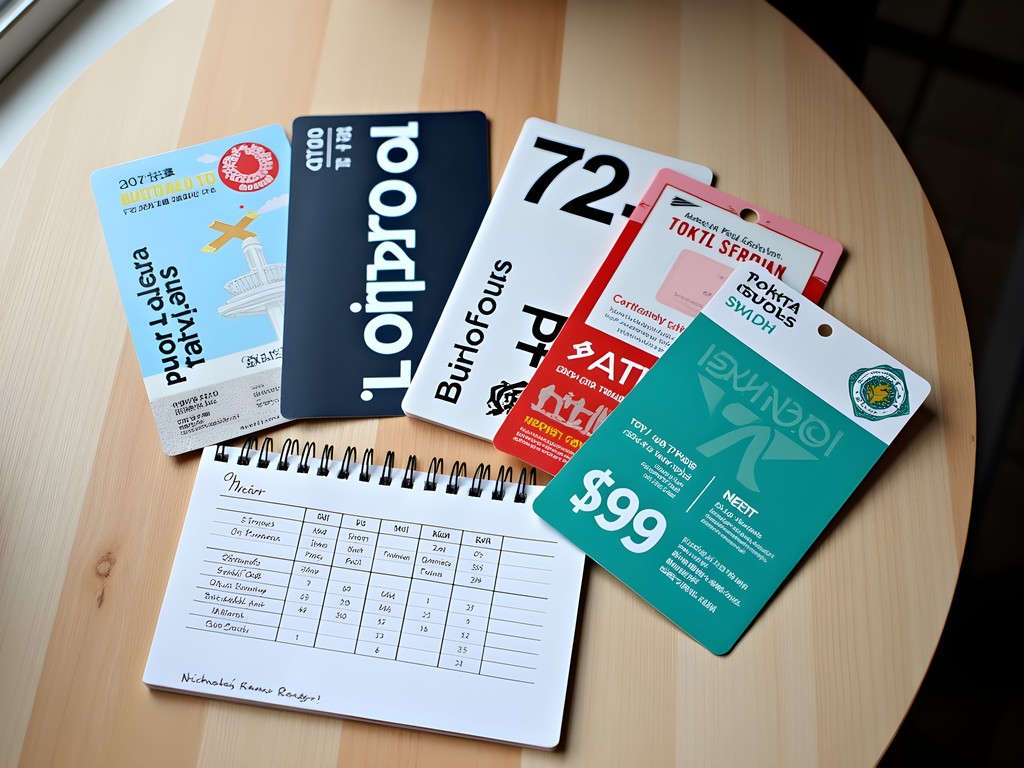
💡 Pro Tips
- Group attractions by area to minimize transit costs
- Consider day passes only on heavy sightseeing days when you'll make 3+ trips
- Travel during off-peak hours (avoid 7:30-9:00 AM and 5:30-7:00 PM) for more comfortable rides
Transit Etiquette & Survival Tips
Growing up in Japan instilled certain transit behaviors that are second nature to me but often surprising to first-time visitors. Understanding these unwritten rules will help you blend in and have a smoother experience.
First, silence is golden. Phone conversations on trains are considered extremely rude. If you must take a call, excuse yourself at the next station. Speaking quietly with travel companions is acceptable, but keep voices low.
During rush hours (7:30-9:00 AM, 5:30-7:00 PM), trains become incredibly crowded. If possible, adjust your schedule to avoid these times. If you must travel during peak hours, remove backpacks and hold them in front, or consider a slim daypack that won't take up excessive space.
Priority seating is taken seriously. These designated seats are for elderly, pregnant, injured, or disabled passengers. Even if these seats are empty, avoid them unless you qualify.
Food and drink are generally avoided on trains, though an exception exists for long-distance services like Shinkansen. When in doubt, observe locals.
Lastly, queuing for trains is an art form in Tokyo. Look for the painted lines on platforms and join the orderly queues that form. Cutting in line or rushing ahead when doors open will earn disapproving glances.
One personal essential I always carry is a compact hand towel - public restrooms often don't have hand dryers, and having a small towel is both practical and culturally appropriate.
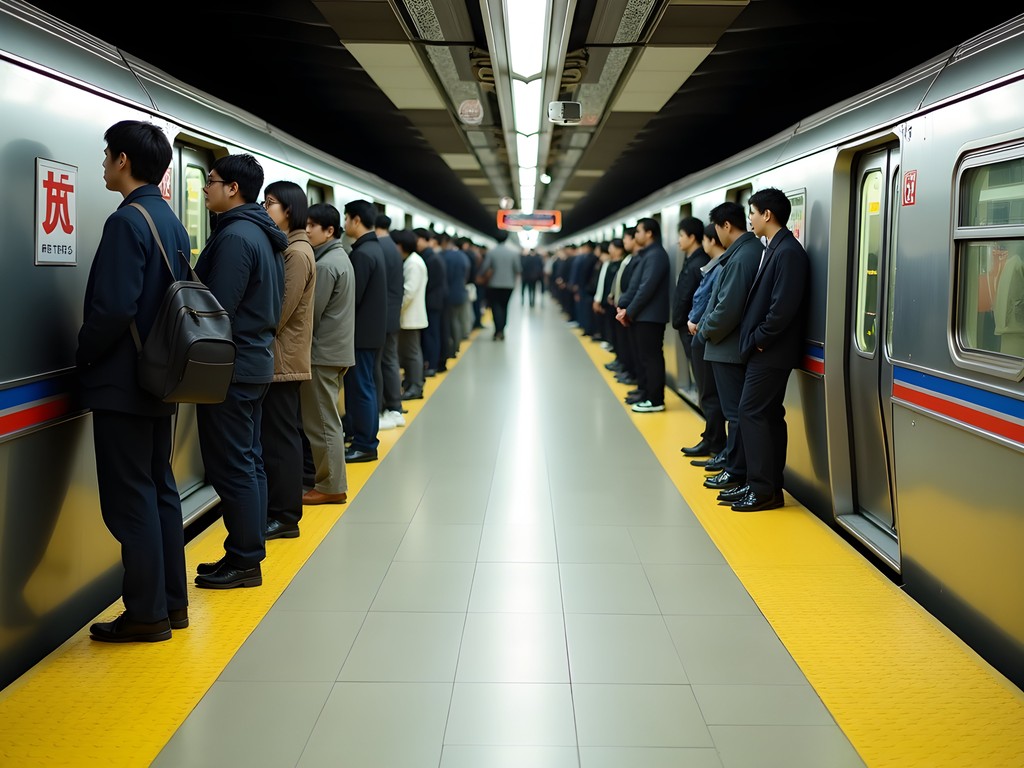
💡 Pro Tips
- Stand on the left side of escalators in Tokyo (right side in Osaka) to allow people to pass
- Have your Suica/Pasmo ready before reaching the gates to maintain smooth flow
- If lost, find a station attendant rather than blocking traffic while consulting maps
Final Thoughts
Tokyo's transit system, once decoded, transforms from an intimidating maze into a gateway for authentic exploration. I still remember my grandmother's words when teaching me to navigate Yokohama's trains as a child: "The rails connect more than stations—they connect stories." Each time I return to Japan, I'm reminded that mastering this system isn't just about efficient travel; it's about connecting with the city's rhythm and soul.
Start small by focusing on the Yamanote Line and one or two subway lines relevant to your accommodations. Build confidence gradually, and soon you'll be navigating transfers with the smooth precision of a local. Embrace the occasional wrong turn—some of my most memorable Tokyo discoveries came from accidental detours.
The true beauty of Tokyo's transit lies in its reliability. In a city where trains apologize for departing 20 seconds early, you're experiencing not just transportation but a cultural philosophy of precision, respect, and harmony. Take that spirit with you as you explore, and Tokyo will reveal itself not as an overwhelming metropolis, but as a collection of fascinating neighborhoods connected by silver threads of rail.
✨ Key Takeaways
- Get a Suica/Pasmo card immediately upon arrival for seamless travel
- Use transit apps for real-time navigation rather than trying to memorize the system
- Group your sightseeing by area to minimize transit costs and maximize exploration time
- Observe and respect local transit etiquette for a smoother experience
- Allow extra time for transfers at major stations until you become familiar with their layouts
📋 Practical Information
Best Time to Visit
year-round
Budget Estimate
¥1,000-2,000 per day for transit
Recommended Duration
1-week
Difficulty Level
Beginner (With Preparation)

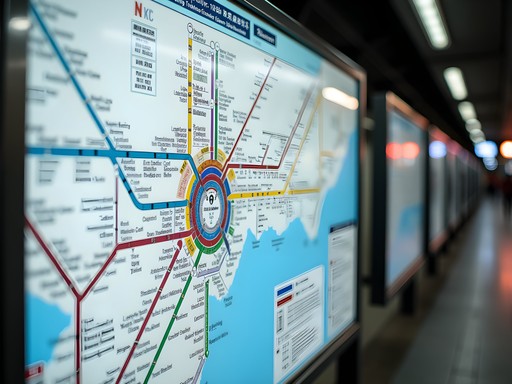
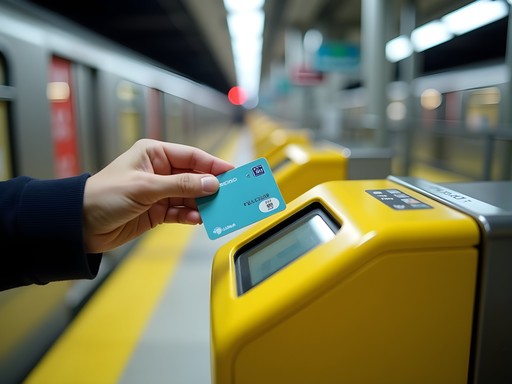
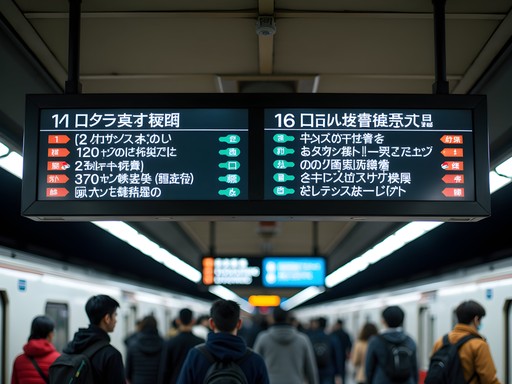
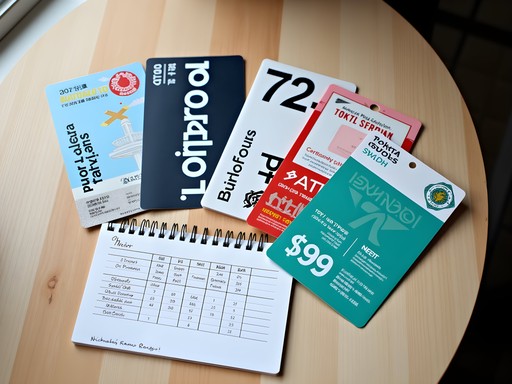
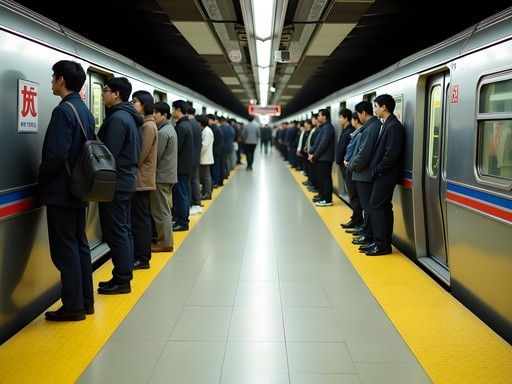


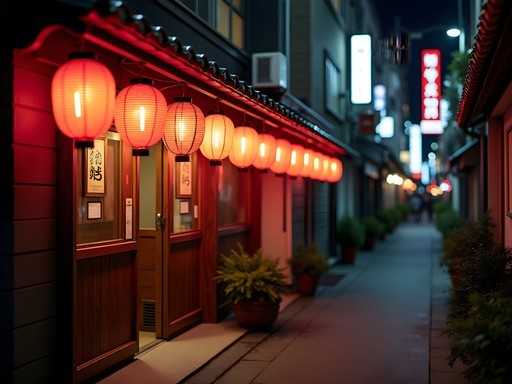

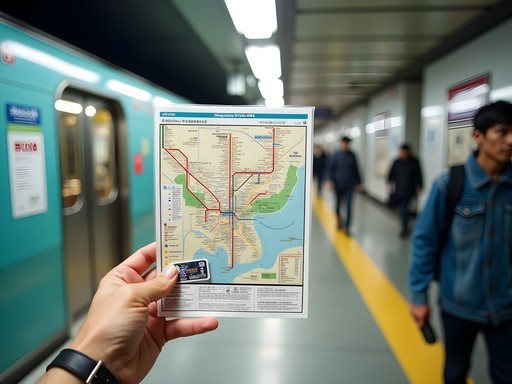
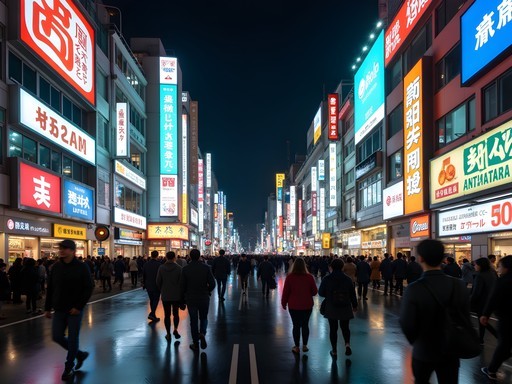
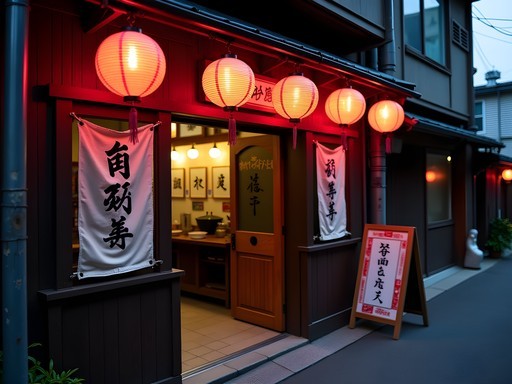
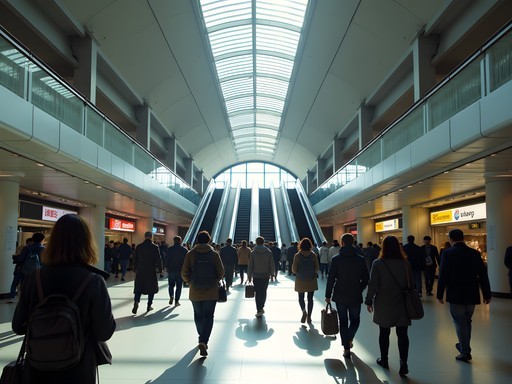


Comments
vacationgal
OMG thank you for explaining the difference between JR lines and Tokyo Metro!!! I was so confused during my research. Just bought my Tokyo Subway Ticket for our trip next week. Your grandmother's story at the end was so sweet too! ❤️
Megan Martin
Nicholas, your breakdown of the different IC cards is incredibly helpful for business travelers like myself. On my last three Tokyo trips, my Suica card has been indispensable not just for transit but for convenience store runs and vending machines. One tip I'd add for other business travelers: if you're attending meetings across Tokyo, budget extra 15-20 minutes between appointments even with the efficient transit system. Station exits can sometimes add unexpected walking time to your journey. The Japan Transit Planner app has been my lifesaver for this - shows you the exact car to board for fastest exit transfers.
coolking
Going to Tokyo next month, this is exactly what I needed!
Nicholas Ramos
Glad it helps! Feel free to ask if you have any specific questions about getting around.
coolking
Actually, how long does it typically take to get from Narita to Shibuya? First time visitor here!
Nicholas Ramos
From Narita to Shibuya, the fastest option is the Narita Express (about 80 minutes). The Skyliner to Nippori + Yamanote Line is slightly cheaper and takes around 90 minutes. Budget option is the Keisei Line but takes 2+ hours with transfers.
explorerider
This guide is spot on! I've been to Tokyo three times and still get overwhelmed at Shinjuku Station. Your tip about using the color-coded lines on the floor saved me last trip - I just followed the yellow line to find the Yamanote connection instead of staring at maps. Also appreciated the section on off-peak travel times, makes a huge difference especially during rush hour.
TokyoFan99
Just got back from Tokyo last week and this guide is 100% accurate! One thing I'd emphasize is how important it is to know which train line you need - JR vs Tokyo Metro vs Toei Subway, etc. They're different companies and sometimes require separate tickets if you don't have a Suica card. We made that mistake and ended up having to buy new tickets mid-journey. Also, the trains really do stop running around midnight, so check your last train if you're out late! We almost got stranded in Roppongi and had to split an expensive taxi back to our hotel in Asakusa.
FirstTimeToJapan
Is it easy to navigate if you don't speak Japanese?
TravelBug42
Yes! All signs have English and the ticket machines have English options too. Station staff are usually helpful even with limited English.
Nicole Russell
Totally agree with @TravelBug42! Plus most stations have really clear color-coding for different lines. The only tricky part is sometimes finding the right exit, but Nicholas's tip about exit numbers is spot on!
SakuraDreams
Pro tip: If you're staying in Tokyo for a week, consider getting a 72-hour Tokyo Subway Ticket instead of just loading money on Suica. Saved us a ton on our trip! I used my pocket wifi to look up routes on Google Maps while navigating - absolute necessity when trying to find the right exit!
wildace
Heading to Tokyo next week and this is perfect timing! How crowded is the Yamanote Line usually? Should I avoid it at certain times?
TokyoTraveler88
Avoid 7:30-9am and 5:30-7pm if possible! It gets PACKED. Mid-day is much better. Also, the cars at the very front and back are usually less crowded.
JapanFan2023
Those station maps saved my life last month! Tokyo stations are INTENSE!
Nicole Russell
Nicholas, this guide is GOLD! I was in Tokyo last spring and Shinjuku Station nearly broke me on day one. Wish I'd had this then! Your section on station exits saved me so much time when I finally figured it out - I started taking photos of the exit maps before going up the stairs. And the tip about off-peak travel is so underrated - I learned that lesson after being squished like a sardine during morning rush hour. One thing I'd add is to download the Japan Transit Planner app - it was a lifesaver when I got lost in Shibuya at midnight!
wildace
Is the Suica card really worth it for a 5-day trip? Or should I just buy individual tickets?
Nicole Russell
Absolutely get a Suica card! Even for 5 days, it saves you from figuring out ticket prices each time and the hassle of buying individual tickets. Plus you can use it at convenience stores and vending machines. Super convenient!
wildace
Thanks! Definitely getting one then. Any idea if I can buy it at the airport?
Nicole Russell
Yep! You can get one right at Narita or Haneda at the ticket machines. They have English options and it's super easy. Load about 3000-5000 yen to start!
Venture X
Premium card with 2X miles, $300 travel credit, Priority Pass